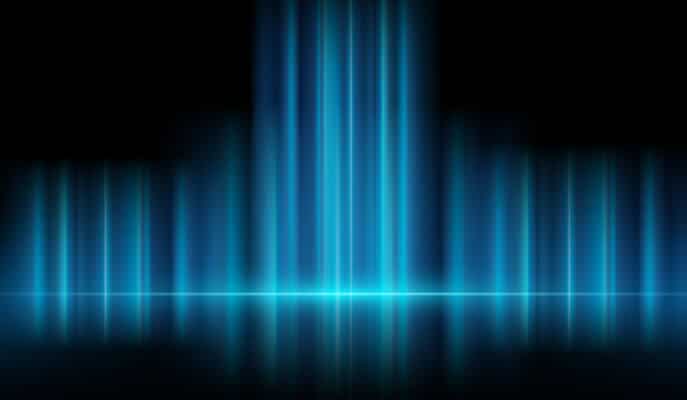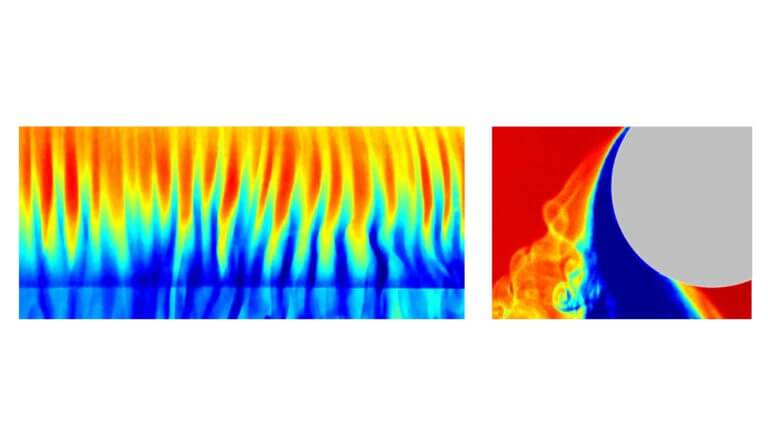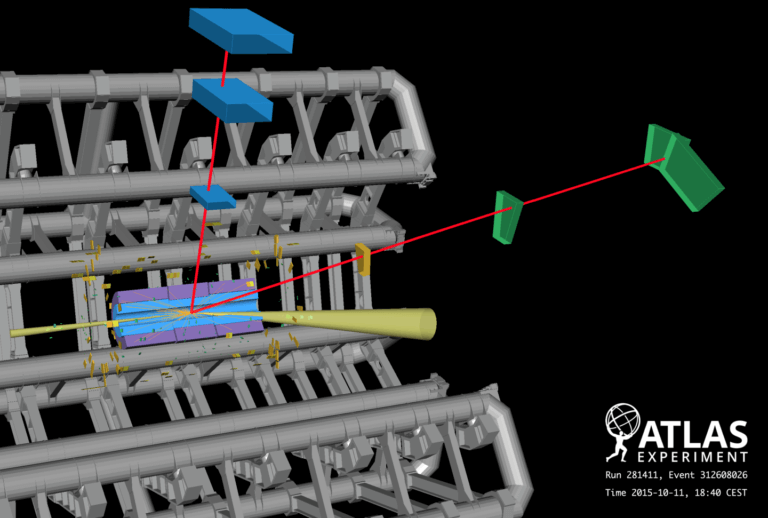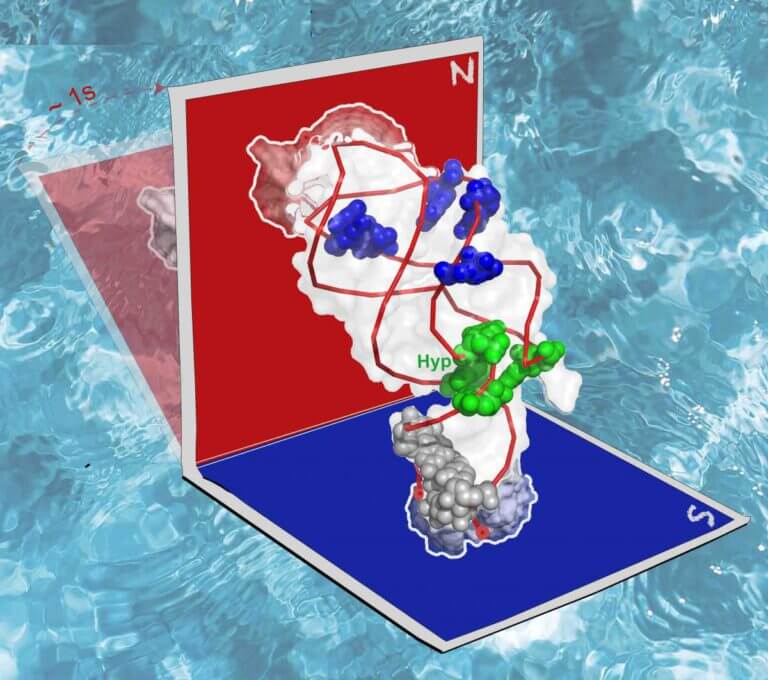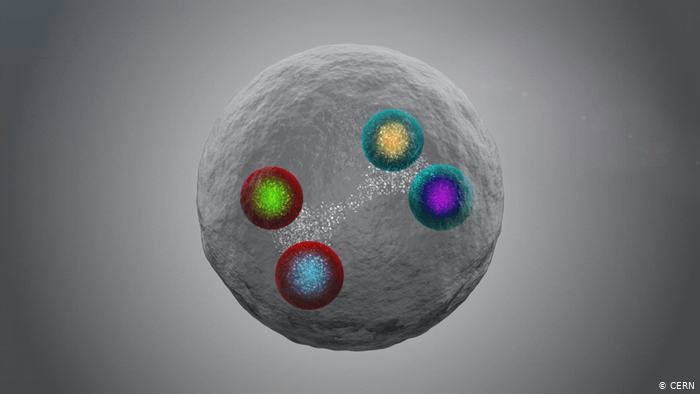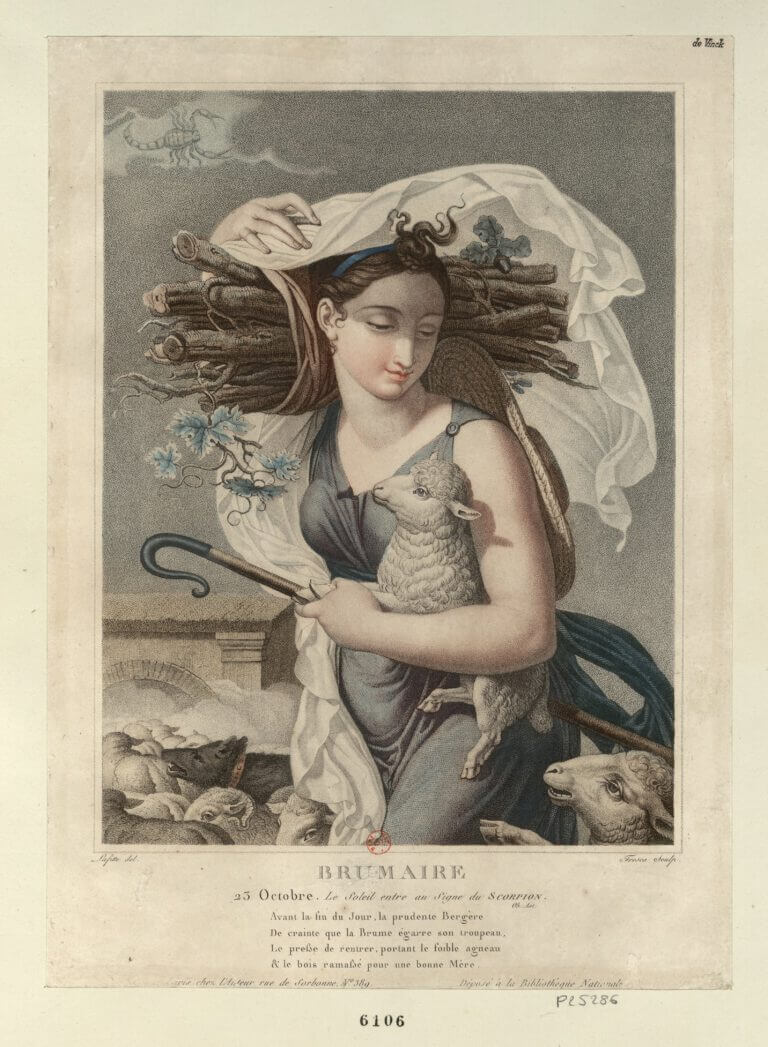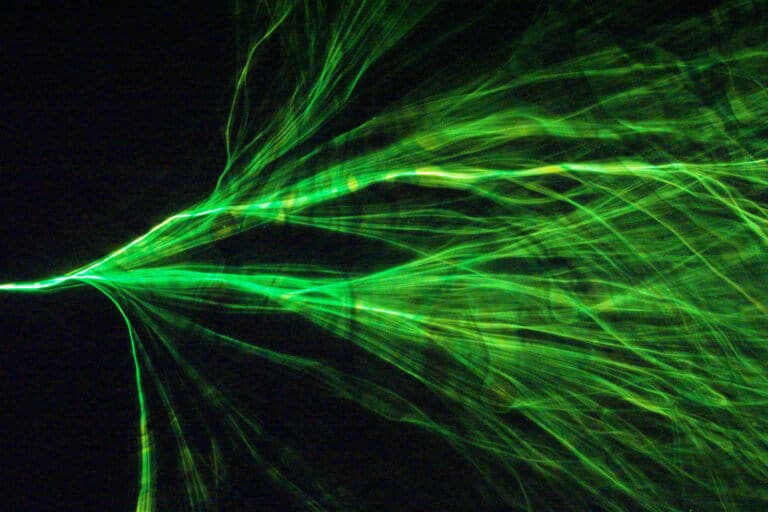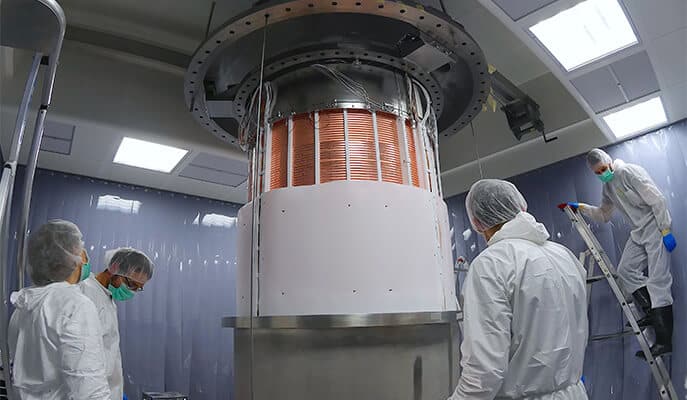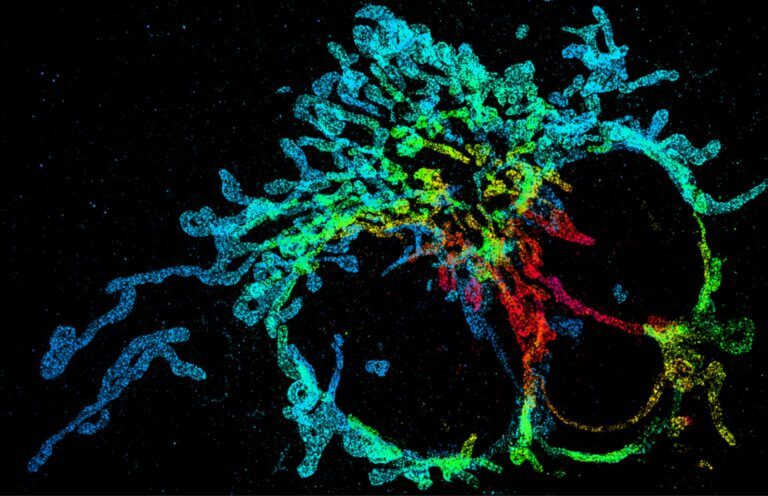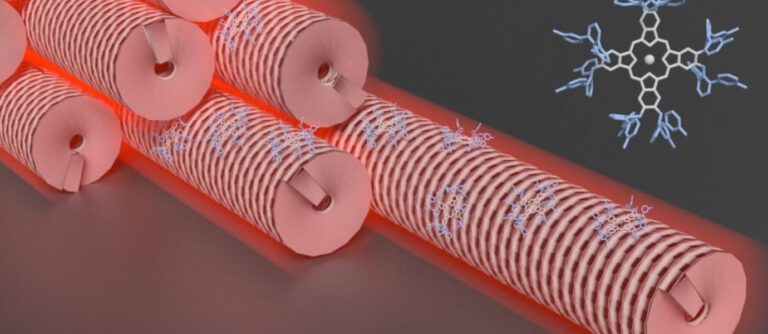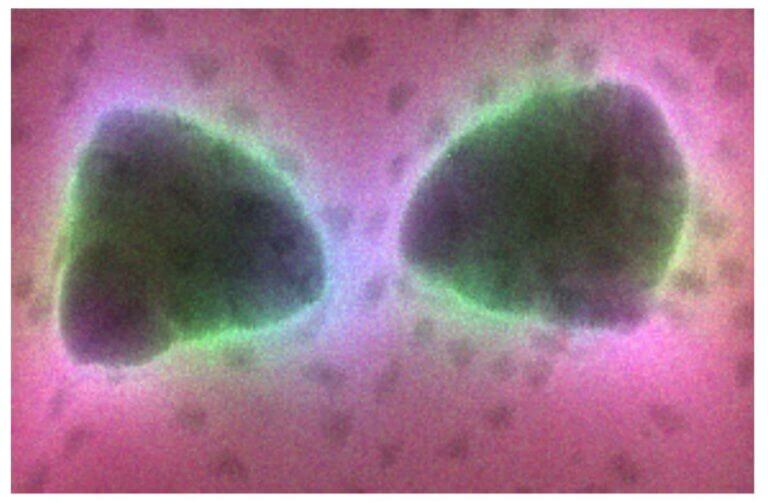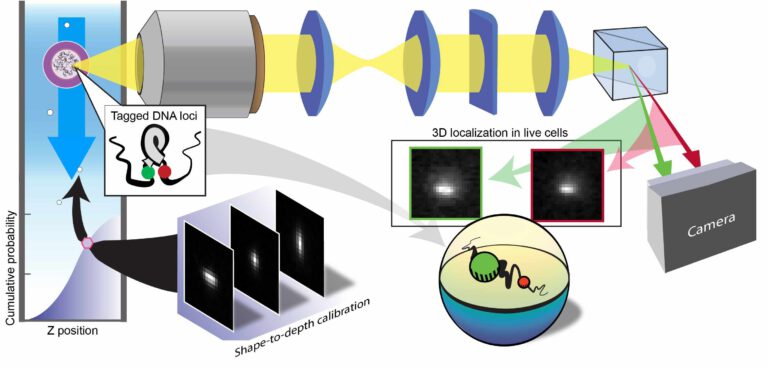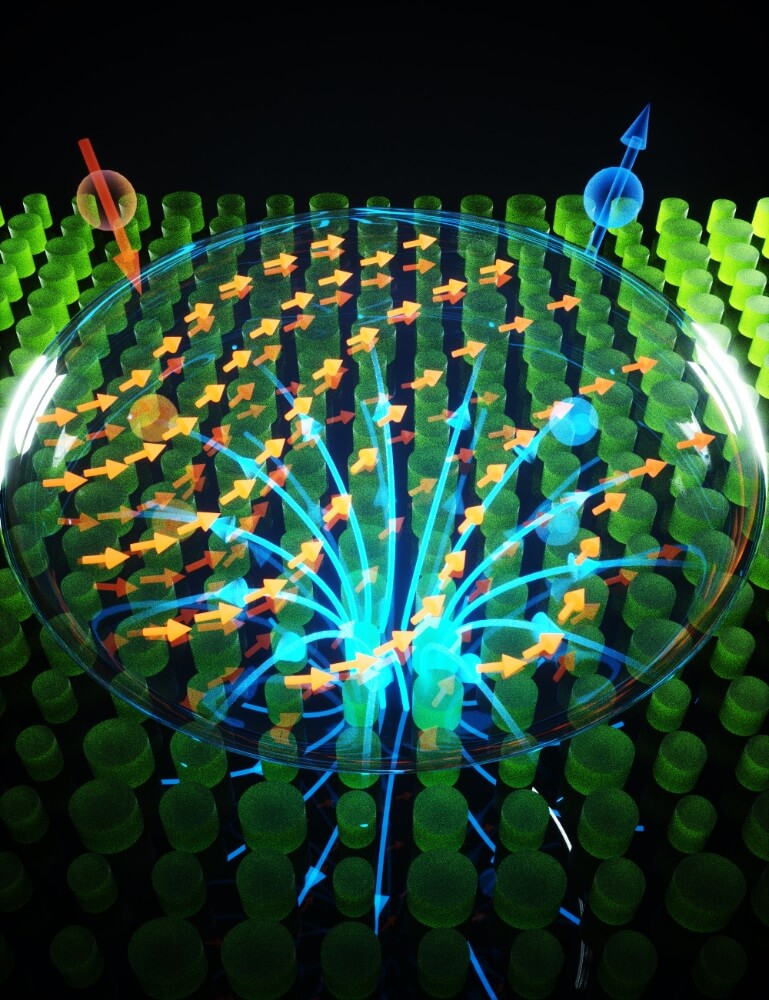Hayadan > Computing and technology > exact sciences > Page 7
exact sciences
- The Technion
- November 13, 2020
- 2 תגובות
Technion researchers have developed a smart light source based on a single atomic layer of material. The achievement will enable the development of new quantum applications in the field of computing and in other fields
- Noam Chai
- November 5, 2020
- No comments
The new model accurately predicts the vacuum effect of the electromagnetic field on the plates through a different approach to the interaction of the vacuum noises created by "virtual" particles with the metal plates
- Yoram Soreq
- October 30, 2020
- 8 תגובות
The day is divided into two dozen hours because the hour was born even before the decimal system defeated the competing base 12. The fixed hour is a relatively new invention
- Weizmann Institute
- October 6, 2020
In a series of experiments, Weizmann Institute of Science scientists solved the puzzle of the relationship between electric current and the freezing temperature of supercooled water. Beyond the scientific interest, their findings may lead to the advancement of applications in diverse fields where control of ice formation is required
- The Technion
- September 25, 2020
- 4 תגובות
At the Faculty of Mechanical Engineering at the Technion, a world record was set for light intensity
- Yoram Soreq
- September 25, 2020
- 12 תגובות
Siegel asking "Where is there more chance in the stock market or the lottery. And if there is more chance in the stock market: why do we play the lottery?" The answer is unequivocal - in the stock market. And why only people like Sheldon Adelson can make money in the casino
- Yoram Soreq
- September 10, 2020
- 7 תגובות
Efrat asks: How is it possible that theoretically each of the numbers drawn in the lottery has an equal chance of being selected, while in reality it does not seem that way?
- Dr. Moshe Nahamani
- September 5, 2020
- 4 תגובות
As part of groundbreaking research, scientists have succeeded in developing a new method that does not require special equipment and can be performed at room temperature in order to produce a basic hydrogel in five minutes, a material that can be used in any medical procedure designed to promote wound healing
- Dr.Roey Tsezana
- September 2, 2020
- 2 תגובות
In recent years, alternatives to glass lenses have begun to emerge, which have real potential to reach the general public. These alternatives are called metalenses (metalenses), and they will change the world
- Weizmann Institute
- August 25, 2020
- 5 תגובות
- The Technion
- August 20, 2020
- 2 תגובות
More than two hundred years after the discovery of the Koanda effect: researchers at the Technion present the first experimental observation of tiny tornadoes in an air current. To discover significant applications in ventilators, microflow devices and tiny aircraft
- Avi Blizovsky
- August 10, 2020
- 2 תגובות
- Weizmann Institute
- August 6, 2020
- One response
- Yoram Soreq
- July 24, 2020
- 82 תגובות
- Science site The Conversation
- July 12, 2020
- 356 תגובות
- Yoram Soreq
- July 10, 2020
- 2 תגובות
- The Technion
- July 4, 2020
- 11 תגובות
- Yoram Soreq
- June 26, 2020
- 7 תגובות
- Weizmann Institute
- June 22, 2020
- 14 תגובות
- The Technion
- June 17, 2020
- One response
- Dr. Moshe Nahamani
- June 10, 2020
- No comments
- The Technion
- June 6, 2020
- 9 תגובות
- Weizmann Institute
- May 19, 2020
- No comments
- The Technion
- May 14, 2020
- One response

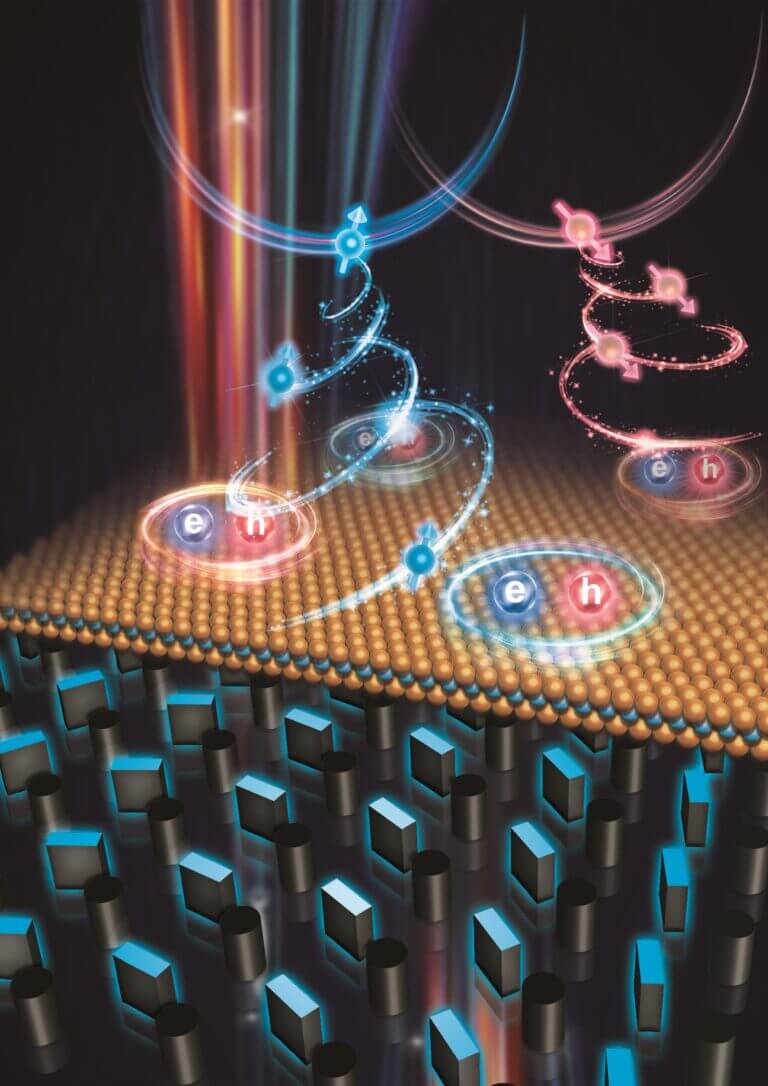
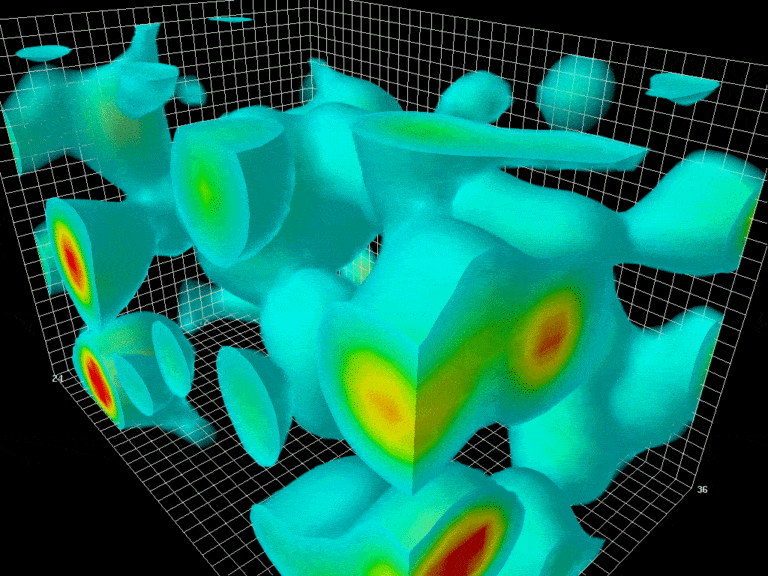

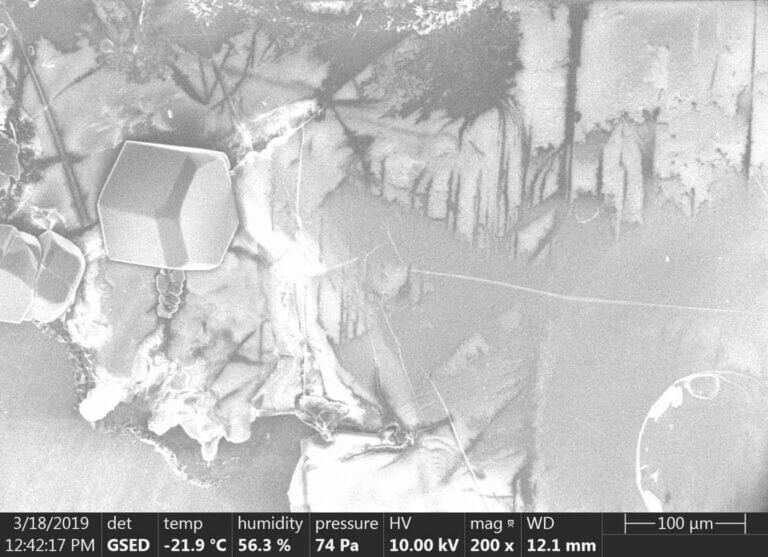
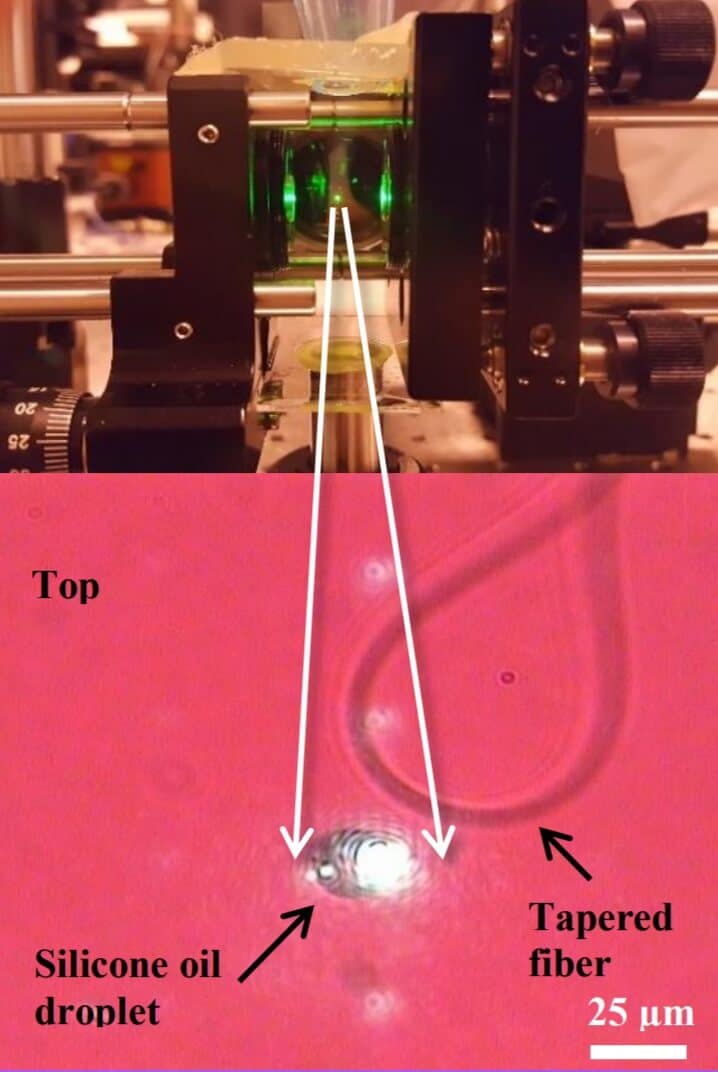
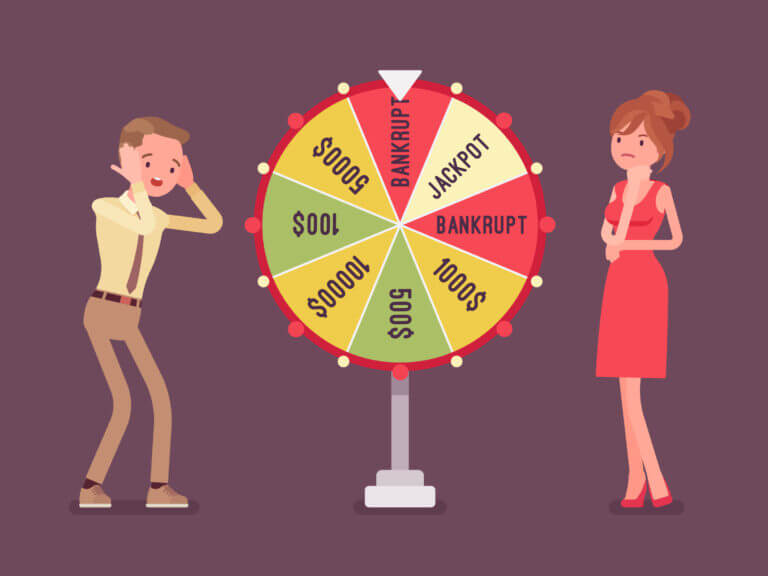
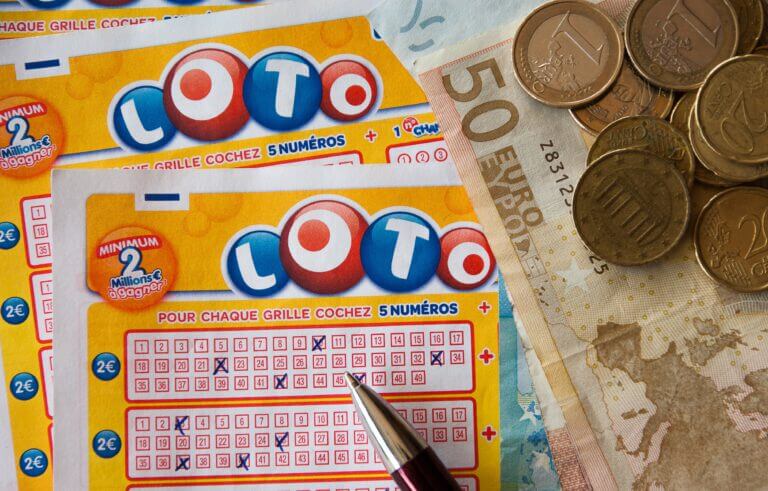
![Preparation and evaluation of physicochemical properties of novel hydrogels based on carbonated water [Courtesy University of Tokyo, Japan]](https://www.hayadan.org.il/images/content3/2020/09/20200826_0087_01-768x432.jpg)

